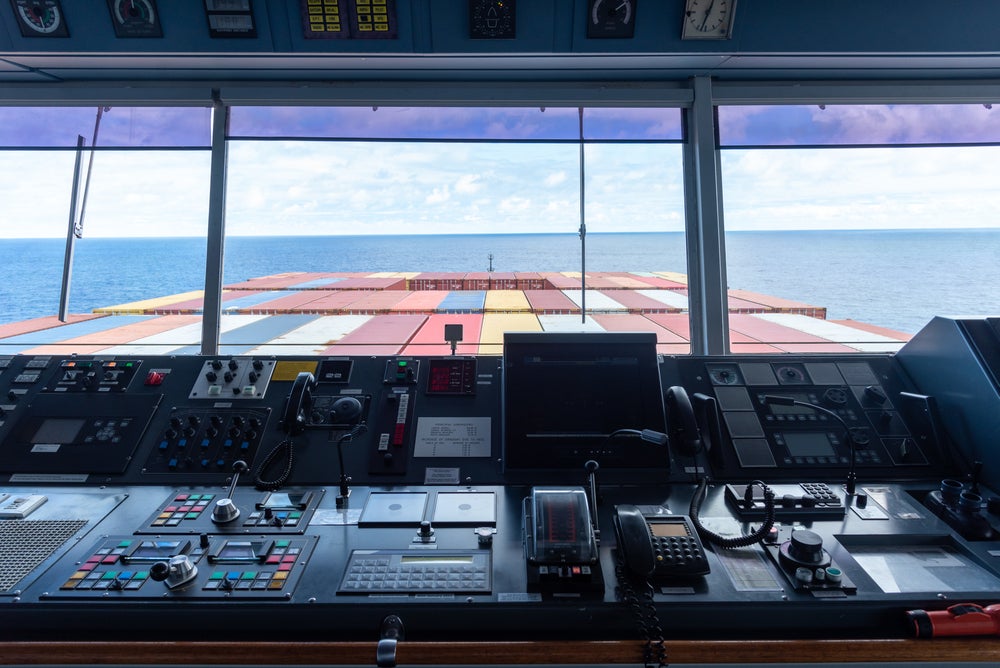
Not so long ago, designing a ship was – if not a straightforward process – at least a templated one. Four-phase design briefs, consisting of concept, preliminary, contract and detail – each with its own “spiral” of requirements, including powering, arrangements, stability and costing – was the industry standard.
Today, however, these templated processes may be hampering rather than helping architects’ productivity. The complexity of modern shipping means each stage in the spiral is subject to potential stoppages that can send the whole design process into gridlock. Teams are often siloed and have competing priorities; for example, the need to hit a client’s specifications versus the imperative to decarbonise. Shipbuilders need new processes to keep track of the intricate interactions between components and sub-systems across vessels.
Understanding common productivity killers is the first stage in combatting them. New research from Tech-Clarity sheds light on the key time wasters according to ship engineers themselves – and offers solutions on how to get lost time back.
1 – Non-value added work
Naval architects are masters at turning technical blueprints into finished vessels. But according to Tech-Clarity, 59% of engineers report that they spend too much time on non-value added work.
In a workplace full of siloed teams and competing requirements, ensuring all minds are dedicated to the task at hand can be challenging. The need to keep stakeholders on the same page can mean bureaucratic logjams creep in where processes are inefficient. Deploying a management system that automates trivial tasks and guarantees smooth workflows can ensure that work remains as efficient as possible.
2 – Interruptions
Forty-seven per cent of engineers report that their work is hampered by time-consuming interruptions. From data sharing to questions requiring urgent answers, naval architects oversee a process consisting of constant inconvenience.
These interruptions stack up over time to eat into project productivity. They are all a symptom of a wider problem: the lack of an agile, flexible management system at the heart of a design brief. Making such a system central to product design can help dial the interruptions down and the productivity up.
3 – Process bottlenecks
Manual processes and bottlenecks can significantly hold up a design brief – as 41% of engineers attest. Lack of resourcing and laborious tasks like spreadsheet data entry can creep in at any point during a ship design, from initial concept to final production. Knock-on delays for manufacturing components can be a massive blow for productivity.
Improving process flows, automating tasks and ensuring adequate team resourcing are prerequisites in the complex world of modern shipbuilding. Failure in these areas can mean ever-tightening bottlenecks – with ever-more detrimental outcomes.
4 – Poor processing of information
According to engineers, inefficient handling of information is as big an issue for shipyard productivity as processing bottlenecks. When designers and engineers cannot find the tools they need, they are forced to recreate them – wasting time and potentially introducing new errors that will compound issues further down the line.
Data needs to be centrally accessible for all teams working on a design brief. And teams need to be using compatible software to ensure they are all speaking the same language and operating at the same frontier of a ship’s development. Finding and integrating these tools represents a challenge to naval architects – but confronting it could combat a wide range of productivity problems in one fell swoop.
5 – Siloing
Siloing – the practice of team members working in isolation with poor cross-disciplinary communication – is a major productivity blocker for 34% of engineers. Duplicated work, missed information and lost opportunities for teamwork are just some of the implications.
Creating a culture of collaboration is vital in complex ship builds with diverse requirements. Creating a more collaborative, communicative, productive workplace is partly a question of culture and partly one of organisation. Participants in a brief need to be motivated to work together, but they also need the right tools to be able to do so – something managers must consider carefully at a project’s outset.
The solution
For many naval architects, the productivity killers listed above will be familiar. But working out the right solution and how to adopt it is trickier. Cracking down on unproductive work, stopping interruptions, relieving bottlenecks, smoothing out information flows and breaking up siloes in one fell swoop is daunting.
But there are solutions on the market that can help. A product lifecycle management (PLM) system can digitise manual processes and centralise project data – enabling all participants in a design brief to negotiate evolving requirements and boost their productivity. Siemens Digital Industries Software has a ready-made solution which naval architects can deploy – and the expertise to help them do it. Download the ebook on this page to find out more.


